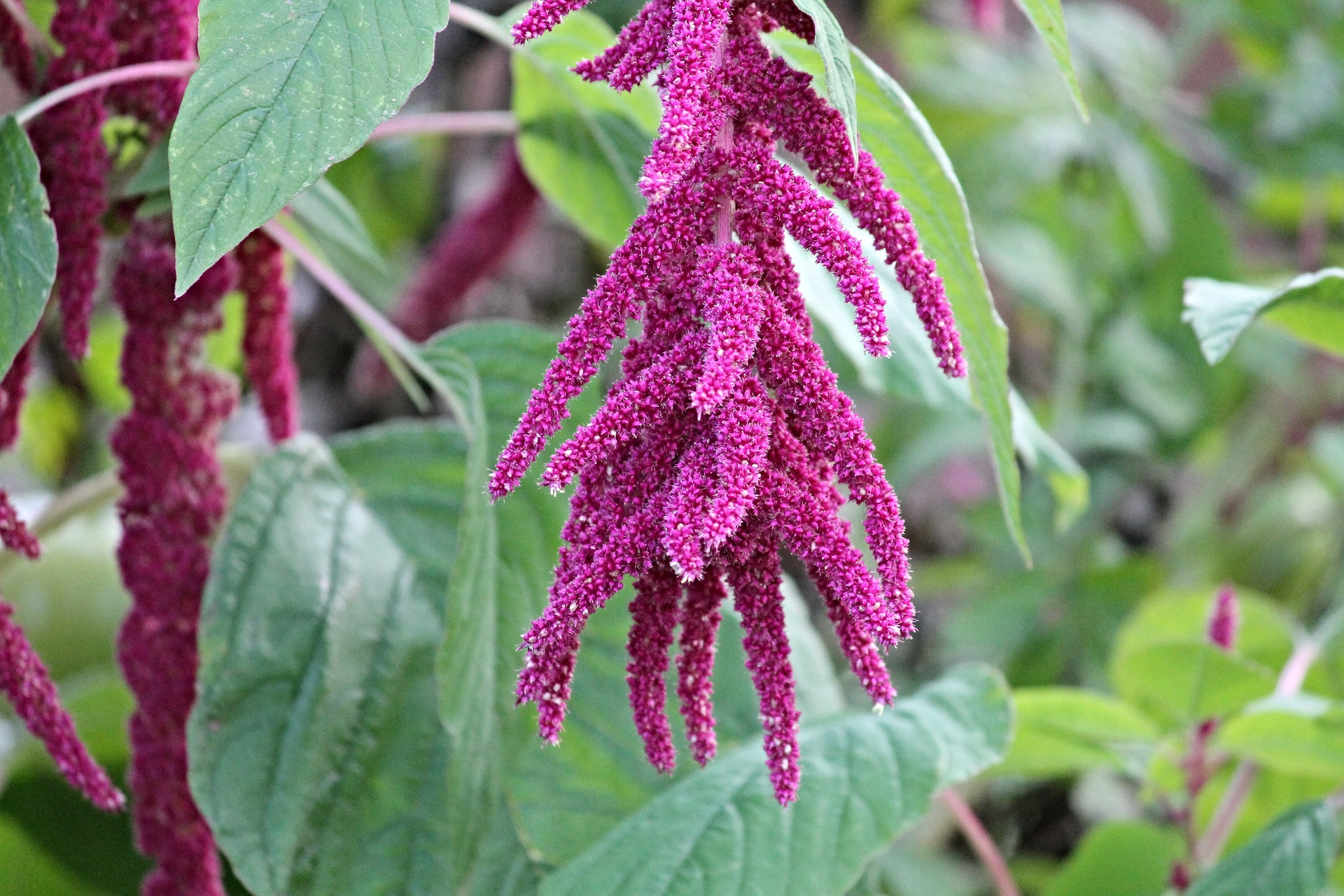
Photo Credit
Conquerer2000/Shutterstock
Botanical Name
Amaranthus spp.
Plant Type
Bloom Time
Flower Color
Subhead
Planting, Growing, and Caring for Amaranths
The Almanac Garden Planner - Use It Free for 7 Days!
Plan your 2025 garden with our award-winning Garden Planner.
Read Next
Types
Ornamentals
- ‘Coral Fountain’ (A. caudatus) is a flowing, cascading ornamental variety with lovely coral-colored blooms.
- ‘Hot Biscuits’ (A. cruentus) is the current rage of the flower farming world. Loads of large blooms are perfect for autumn arrangements; it is a prolific performer.
- ‘Love-lies-bleeding’ (A. caudatus) is another gorgeous flowing and cascading variety with blooms the color of a fruity red wine.
Grain and Leaf
- ‘Golden Giant’ (A. hypochondriacus) is a large, heavy seed producer, with some growers reporting yields of up to one pound per plant. Beautiful golden grain and tasty young leaves. If you are looking for grain, this variety is hard to beat.
- ‘Chinese multicolor’ (A. tricolor) is tasty in salads and stir fry, with unique leaf patterns.
- ‘Aurelia’s Verde’ (A. cruentus) is a green head amaranth rich in vitamins and iron, reportedly saved from the Mayan communities of Central America.
Gardening Products
More Like This
ADVERTISEMENT
Comments
Add a Comment













